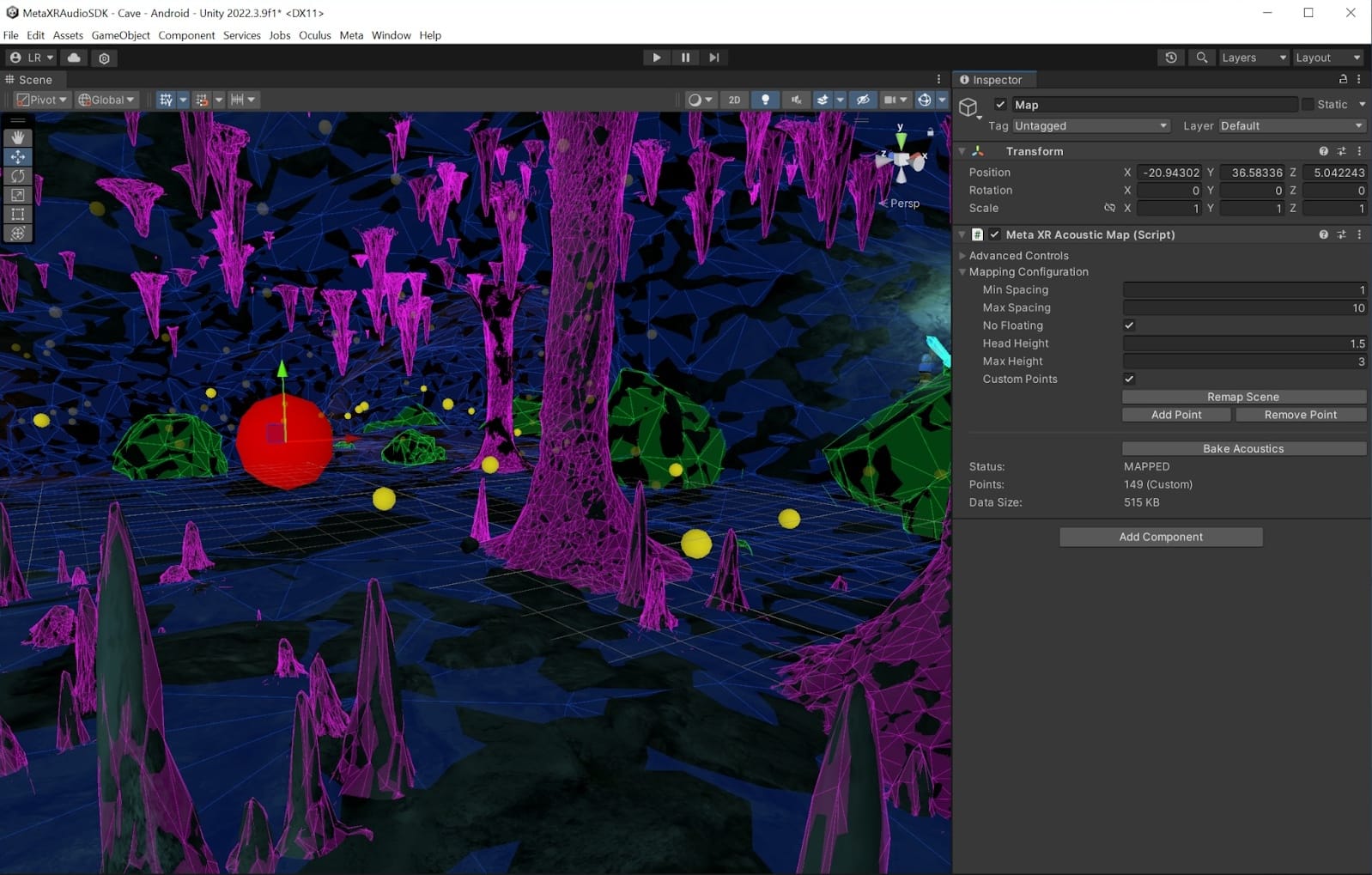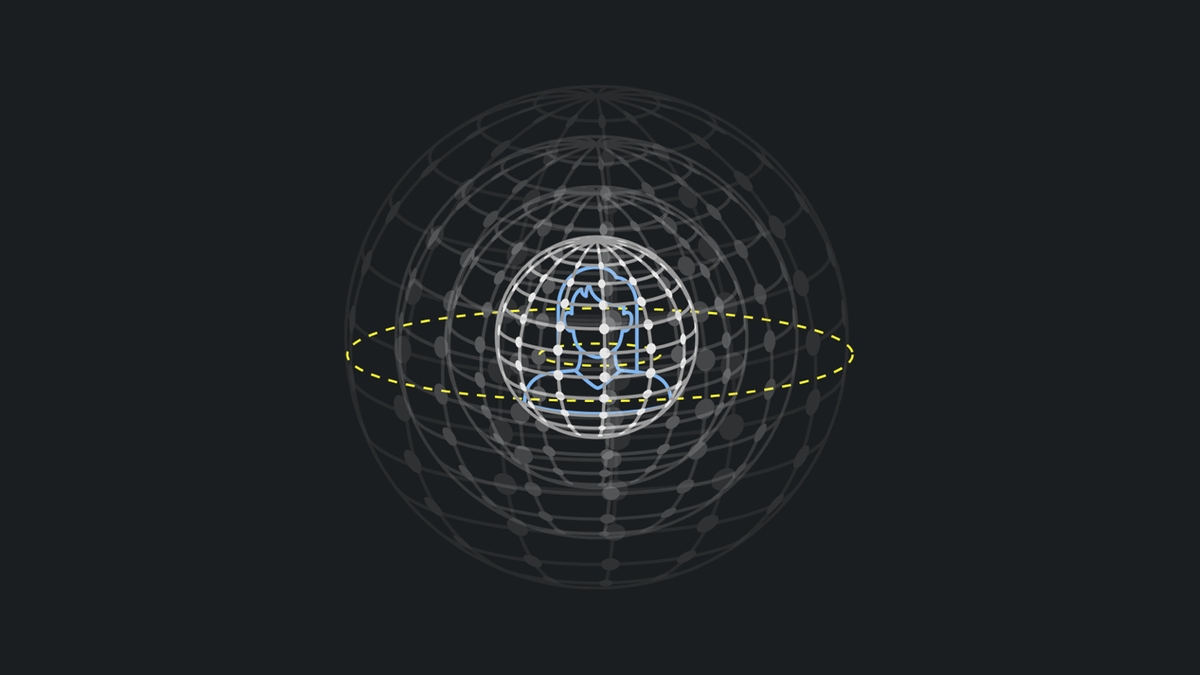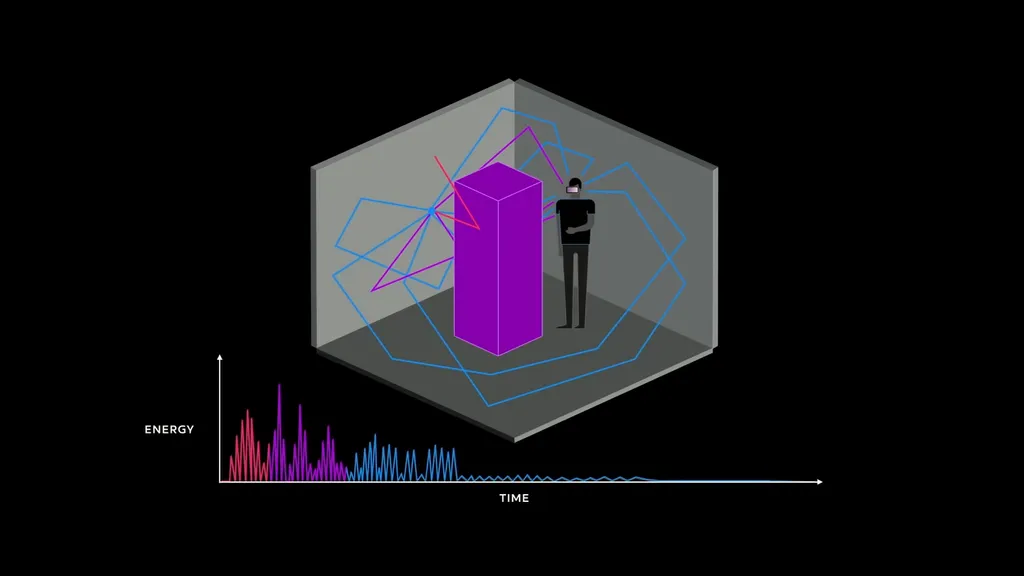Meta's XR Audio SDK now has Acoustic Ray Tracing in its most significant update yet.
The feature realistically simulates how sound propagates through the geometry of the virtual world to your ear. This simulation includes reflections, reverb, occlusion, obstruction, and diffraction.
Meta isn't the first company to offer an audio SDK with ray tracing. Valve's Steam Audio has had audio ray tracing since 2018. And in fact, the Oculus Audio SDK, the predecessor to the Meta XR Audio SDK, had it in 2019.
But whereas the full audio propagation simulation capabilities of Steam Audio and Oculus Audio SDK were designed for use on PC or high-end consoles, Meta claims its Acoustic Ray Tracing is performant enough to run well on mobile chipsets of the type used in its Quest headsets, even with "arbitrarily complex geometry".
"Whether your VR scene is a winding cave, a bustling cityscape, or an intricate indoor environment, our technology can manage the complexity without compromising on performance", Meta claims.

"Diffraction allows sound to bend around obstacles, occlusion models how objects block sound, and obstruction simulates how sound changes when it passes through different materials", the company explains in the announcement blog post.
"For example, users can hear the footsteps of their opponents echoing down the hall and around the corner, giving them a clear sense of position even without line of sight, allowing them to sneak into a corner and set up an ambush."
As with Steam Audio, developers tag each virtual object with a sound material, such as metal, brick, carpet, glass, and wood, significantly altering how it absorbs and reflects sound rays. They then bake the geometry of the scene so the SDK has a representation of all static geometry.
Meta says Batman: Arkham Shadow, the upcoming Quest 3 exclusive from its acquired studio Camouflaj, will be its first major title to use this new Acoustic Ray Tracing technology.

As the original Oculus Audio SDK saw few updates after 2019 many third-party developers moved over to Steam Audio. But since last year Meta has claimed its new XR Audio SDK has leading HRTF spatialization quality, meaning audio sources in apps using it should sound more like they're coming from the virtual object than with any other SDK. Now that it seemingly has the most performant audio propagation simulation too, Meta will be hoping VR developers return to its solution, and as a result Quest owners should start hearing significantly more realistic audio in the virtual worlds running on their headsets.






























